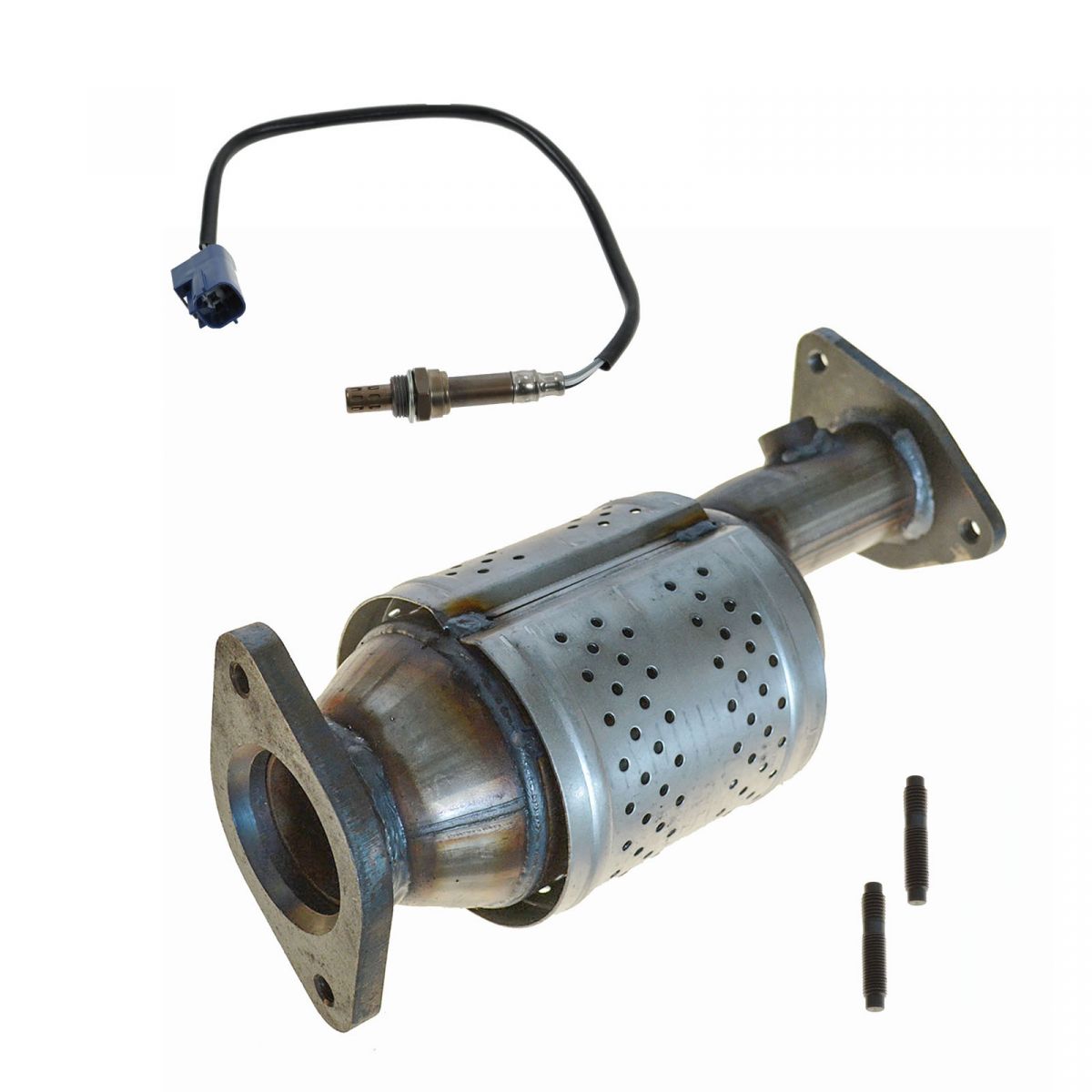

This will now show you the ‘Yaw’ value for you game in the ‘Yaw’ field.
#SENS CONVERTER HOW TO#
For instructions on how to use the tool, you can read and watch the material in the link above, and/or hit ‘Advanced Info’ when in the Sensitivity Matcher to see the correct steps and up to date keybinds.įind your perfect 360 degree spin then enter your in-game sensitivity into the ‘Yaw’ field, hit the dropdown at the top and click on ‘Swap sens & yaw’. If you can’t find what sensitivity scale or yaw value your games are using the Sensitivity Matcher can find that for you. Some games will share a yaw, such as the ‘Quake/Source’ option which is applicable to games like CS:GO, Apex Legends and Quake Champions. In the dropdown box at the top, click on your game if it is listed.
#SENS CONVERTER DOWNLOAD#
To do this, download KovaaK’s Sensitivity Matcher. This is essentially how the game determines its in-game mouse sensitivity values. Once you have the fields of view, we now need to find the ‘Yaw’ value of the games. If one of your games happens to use a unique FOV scale you will need to follow the steps in the video above to match up your fields of view in the game you are converting to. If we were trying to focal length scale our sensitivity into Overwatch which is a Horizontal 16:9 game, we now have our CS:GO FOV converted from Horizontal 4:3 to Horizontal 16:9 with 106.2684 as you can see in the image above. You will then need to click on the ‘AngleVP’ field and manually adjust the number to get as close to 90 as possible. For example, if we were converting from CS:GO it is known that the FOV is Horizontal 4:3 and 90 so we move that slider shown above until the output in the Horizontal 4:3 section is close to 90. There are three outputs for fields of view on the left, the top most output is Vertical Degrees, the middle is Horizontal 4:3 and the bottom is Horizontal 16:9. It isn’t the most elegant solution, but you can open the calculator and find the AngleVP section on the left, as shown in the image below. You can use the calculator in the video above to convert between the three. Most popular games will use either Vertical Degrees, Horizontal 16:9 or Horizontal 4:3 for their scale. It is essential that we convert the field of view from game 1 to the scale of game 2 if they measure field of view differently. If you are really stumped and can’t find what your FOV is or how it is measured, check out our video on how to find the FOV of any game below. You can often do this through some googling with terms such as “X Game FOV calculator”, “X Game sensitivity calculator”, “How is X Game field of view measured?” etc.
#SENS CONVERTER FREE#
There are paid calculators such as, but if you are looking for a free option we have devised a free method you can use instead.įirst things first, you need to know the field of view value and field of view scale you are coming from and going to. How to Use Focal Length Scaling Between Games

In one you are standing 100 meters away from a target. With focal length scaling, all fields of view will feel the same at the crosshair. We’ll save the technical explanations for another blog and simply focus on how it works and why it’s good. Focal Length Scaling AKA 0% Monitor Match In comparison, focal length scaling has a drastically lower cm/360 but it feels the same as the hipfire. Same cm/360, but the scope becomes impossibly fast to control. Take the extreme example of maintaining the same FOV from hipfire to a 10x sniper scope. The larger the difference in FOV, the larger change in how your aim feels between games. Surely 30cm/360 on 110 FOV is the same as 30cm/360 on 103 FOV? While it may take the same amount of mouse movement to perform a 360, the way your aim feels will change. When people think of converting their sensitivity between games with a different field of view, the most common strategy is to simply maintain the same cm/360.


 0 kommentar(er)
0 kommentar(er)
